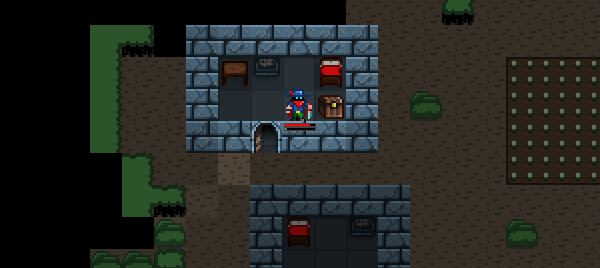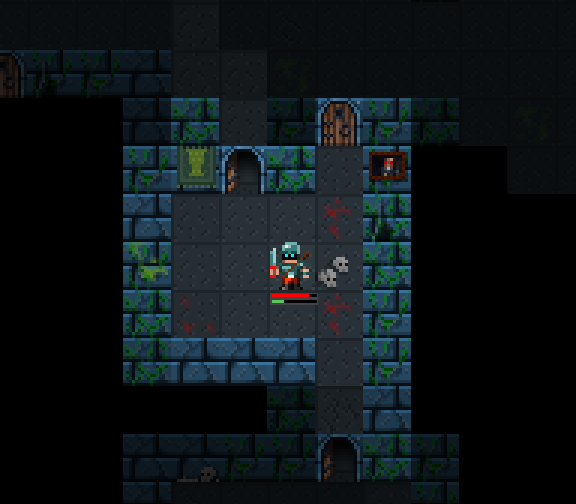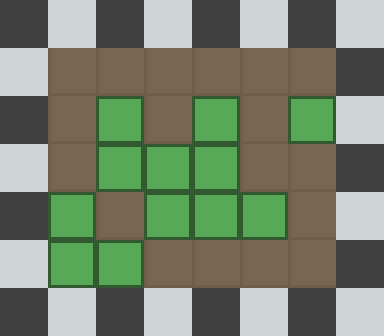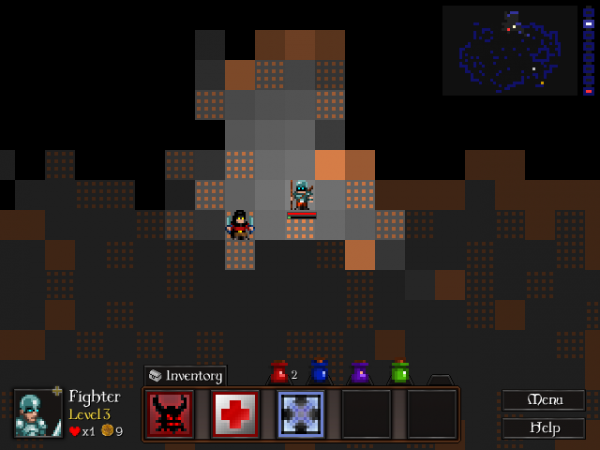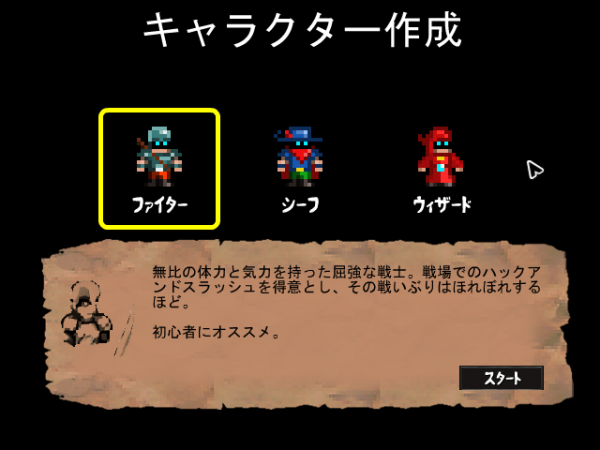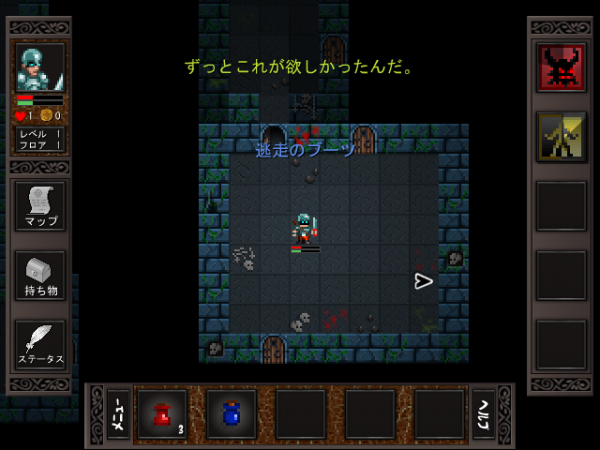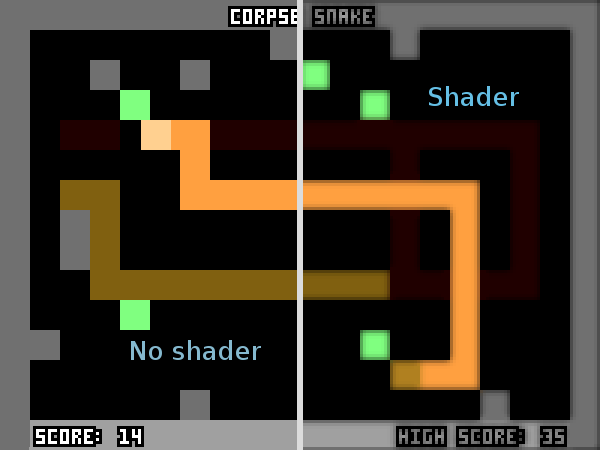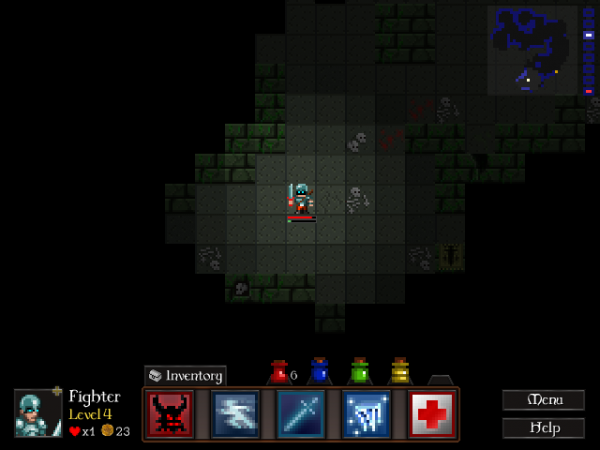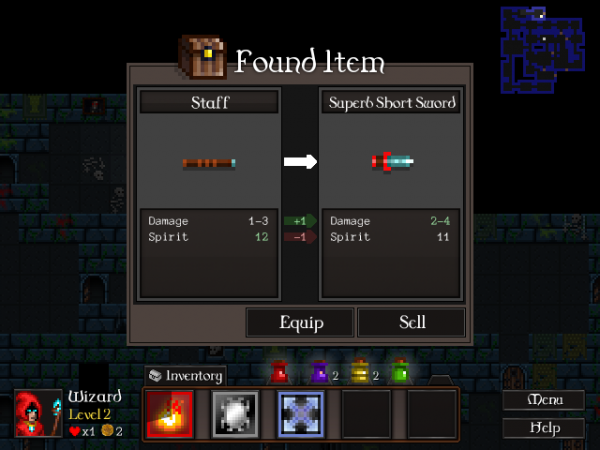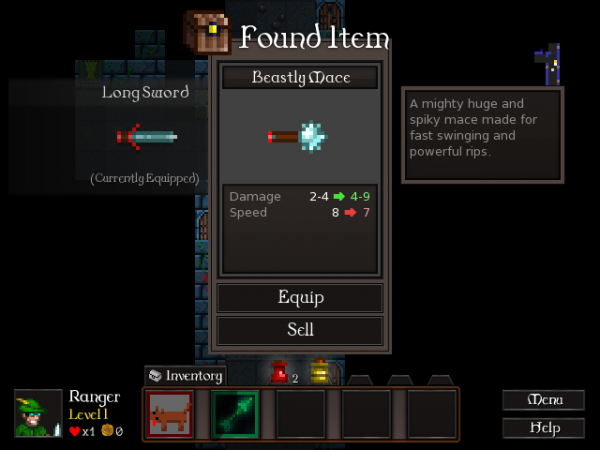Back in the early 20th century, at Western Electric’s “Hawthorne Works” factory near Chicago, management decided to run a long term study on factors that might affect productivity. They took a bunch of people and had them work in a separate room for five years, assembling telephone relays, trying out various changes to their hours and working environment to see what worked best.
They hit on a strange, seemingly paradoxical effect. In one example of this effect, when they reduced the workers’ hours, measurable productivity went up; but when they increased the workers’ hours back to normal later, productivity went up again.
This is the Hawthorne Effect. Changes to someone’s environment tend to increase productivity, either because people develop better habits as they’re adapting or because they’re aware that these changes involve their performance being monitored more carefully. Those increases drop off over time, but they’re real.
In short: if you want to get more stuff done, routinely disrupting and improving your process isn’t going to hurt. You’ll likely get a temporary boost no matter what, and if it doesn’t stick you can always go back to what worked before, right?
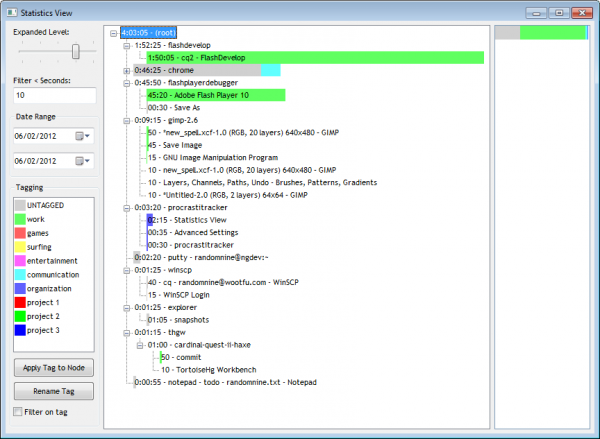
I installed Procrastitracker today (as Michael Todd suggested in the talk I linked on Friday). It’s a bit of software that tracks what windows have focus while it’s running, so it can give you a readout afterwards of how much time you spent on-task and how much time you spent mucking about.
So far it’s definitely helping me keep focused when it’s running, but I’ve learned something else: I don’t really get distracted while I’m mainly working. Sure, I spent about 20% of my tracked time up there browsing, but that’s a relatively small percentage. Also, when I was starting to lose focus, it was pretty easy to stay on track.
Where I go wrong is that I spend about an hour at a time working, then – and this is when I was switching off the tracker – slack off for a solid chunk of time before starting up again. I’m probably spending about 50% of my work time in between bursts like this.
I’m going to try and use Procrastitracker to fix this habit. So far I’ve stayed focused pretty well while it’s running. If I can keep that up, I can gradually start running it more and more of the time, on a daily schedule; eventually I’ll be able to just start it up when I want to work and my brain should damn well listen. 🙂
Fingers crossed, anyway. If this doesn’t work, plan B is switching off internet access for most of the working day. Work around that, brain!
